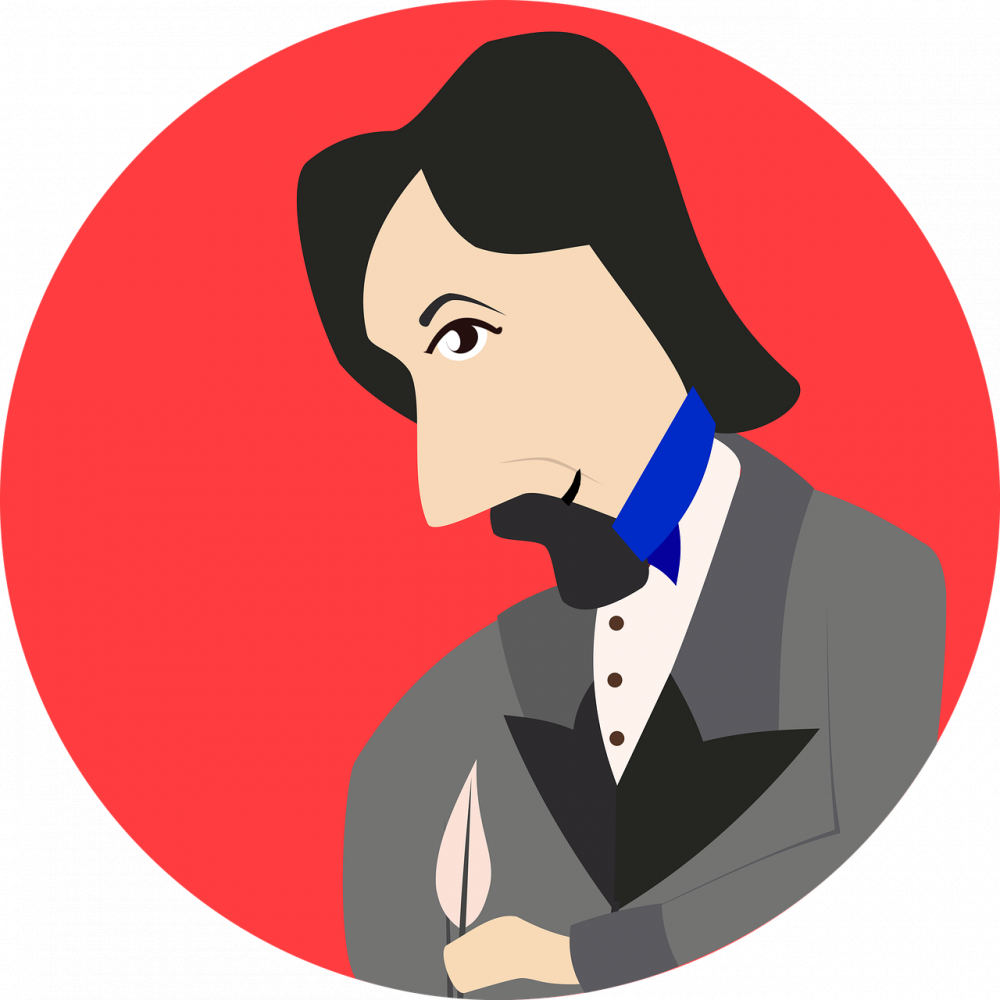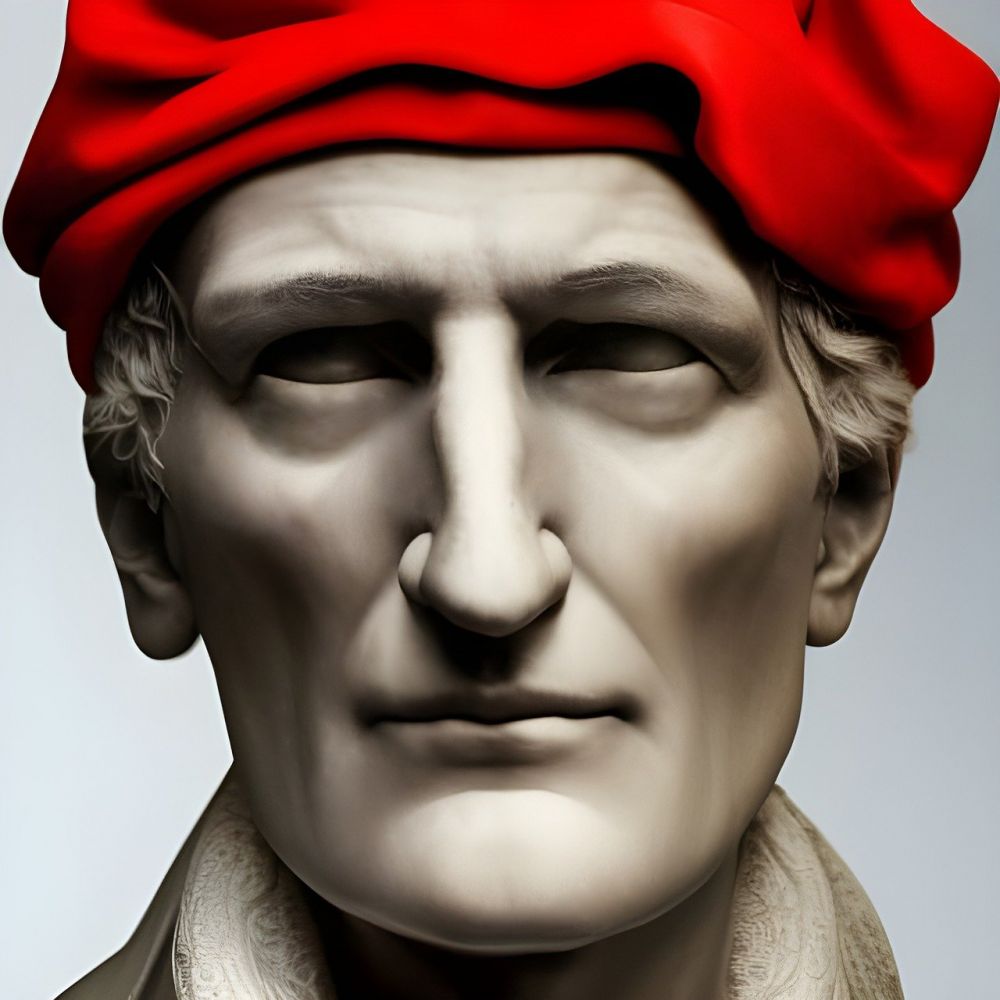Homers Odyssey: A Timeless Tale of Adventure and Heroism

Introduction:
The epic poem, “Homer’s Odyssey,” is a masterpiece of ancient Greek literature that has captivated readers for centuries. This remarkable work narrates the arduous journey and trials of the heroic protagonist, Odysseus, as he strives to return home from the Trojan War. With its captivating storylines, rich characters, and profound themes, the Odyssey continues to resonate with both scholars and enthusiasts alike. In this article, we will delve into the key aspects of this renowned epic, exploring its historical development, significant literary contributions, and enduring impact in the world of art and literature.
A Historical Journey through the Odyssey:

The Odyssey has a fascinating history that spans over two millennia. Believed to have been composed by a poet named Homer, living in Ancient Greece around the 8th century BCE, the poem was passed down orally until it was finally written down in a standardized form. This written version, compiled in the 6th century BCE, stands as the foundation of the multiple translated editions we have today.
Throughout its evolution, the Odyssey has undergone various adaptations and interpretations. From ancient Roman adaptations by Virgil to modern retellings by authors like James Joyce, the epic has shown its remarkable ability to transcend time and language barriers. Each era has brought its own unique interpretation, breathing new life into the tale and keeping it relevant for contemporary audiences.
Key Features and Themes of the Odyssey:
Central to the Odyssey is the theme of heroism, as Odysseus demonstrates remarkable courage, resilience, and cunning throughout his journey. The epic also explores the nature of mankind, delving into complex moral dilemmas and the consequences of one’s actions. Through encounters with mythical creatures, interactions with gods and goddesses, and the challenges of staying true to one’s identity, the Odyssey provides readers with a multi-dimensional exploration of human nature and the essence of heroism.
Navigating the Odyssey’s Structure:
The Odyssey is structured in 24 books, each with its unique set of events and encounters. The poem is primarily divided into three sections – the Telemachy, Odysseus’ journey, and his return home. These distinct sections offer different perspectives and provide readers with an in-depth understanding of the protagonist’s trials and growth throughout the epic.
The Telemachy explores the challenges faced by Odysseus’ son, Telemachus, as he searches for his father and confronts suitors vying for his mother’s hand in marriage. This section establishes the themes of loyalty, filial duty, and the consequences of absence.
Odysseus’ journey, which forms the central portion of the poem, takes readers through his encounters with mythical creatures, such as the Cyclops, Circe, and the Sirens. These episodes offer insights into Odysseus’ character, showcasing his intellect, resourcefulness, and sheer determination to return home.
Finally, the last section of the Odyssey focuses on Odysseus’ return home, where he faces the challenge of reclaiming his kingdom and reunifying his family. This section highlights the consequences of prolonged absence, the trials of assimilating into a changed society, and the power of perseverance.
The Odyssey as an Artistic and Literary Influence:
The Odyssey’s profound impact extends beyond the realm of literature. It has permeated various art forms, including visual arts, music, theater, film, and even video games. The hero’s journey archetype depicted in the Odyssey continues to inspire storytellers across generations, shaping narratives that explore the themes of personal growth, inner conflicts, and the triumph of the human spirit.
In the realm of visual arts, the Odyssey has been a constant source of inspiration. From ancient Greek pottery depicting key events of the epic to Renaissance paintings capturing Odysseus’ trials, numerous artists have sought to capture the essence of the Odyssey. Some renowned painters like Nicolas Poussin, Francis William Topham, and Arnold Bocklin have created masterpieces that depict various scenes and characters from the epic.
Conclusion:
“Homer’s Odyssey” remains a cultural touchstone, both as a remarkable literary achievement and as an enduring symbol of the human spirit’s indomitable nature. Through its exploration of heroism, mankind’s moral complexities, and the triumph of perseverance, this epic poem continues to fascinate and resonate with audiences worldwide. Its timeless themes, rich characters, and enthralling narrative ensure that the Odyssey will forever hold a special place in the hearts and minds of art lovers and collectors. As we continue to explore and celebrate this iconic work of literature, we are reminded of humanity’s eternal yearning for home, adventure, and the epitome of heroism.





